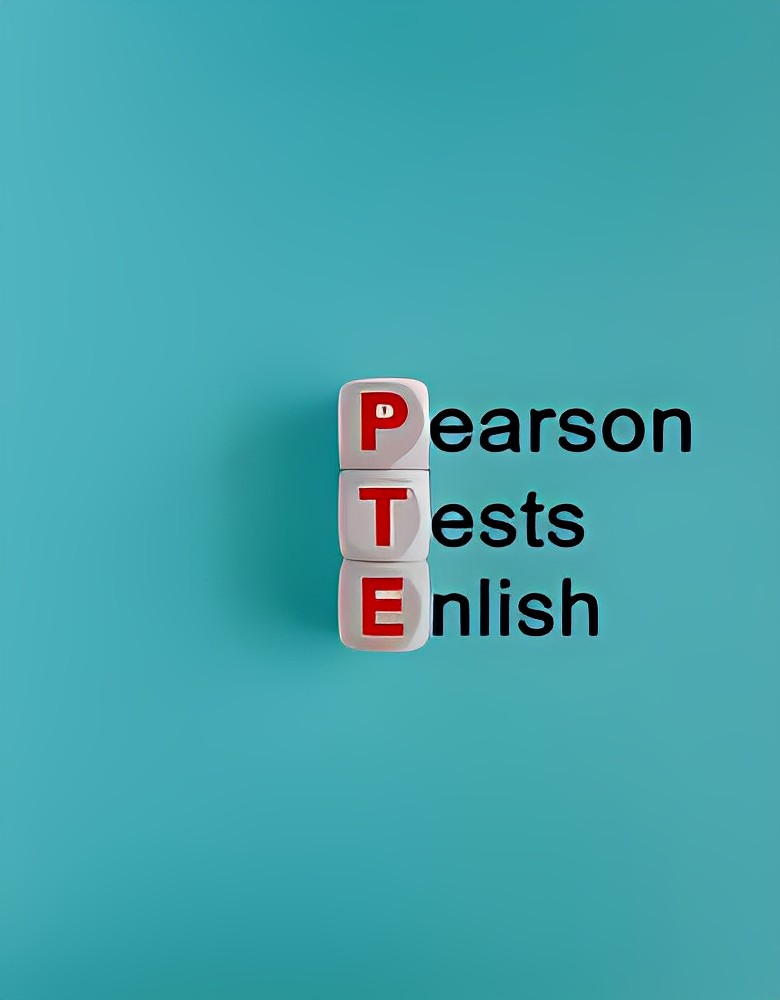ALL ABOUT THE PTE EXAM:
- About PTE
- Difference Between PTE General and Academic.
- Modules of PTE
- Student Testimonials
- Our Speciality
- PTE Test Format

PTE Exam
Wondering what the PTE test? The Pearson Test of English, or PTE exam is a computer-based assessment used to measure a person’s English proficiency in reading, writing, speaking, and listening. The PTE exam has three main versions: Academic, General, and Home. The Academic PTE is aimed at students applying for university programs where English is the language of instruction. The General PTE targets those seeking work where English language skills are required. The Home PTE allows for a more flexible testing environment ideal for those unable to attend a test centre.

Purpose of PTE Academic and General Test
PTE Academic Test: This program is made for students who aim to study in countries where English is the main language. It serves as evidence of their English ability needed to get into university.
PTE General Training: It validates English proficiency for education and work, widely accepted globally.
Modules
The PTE exam comprises three integral parts, each encompassing diverse question formats to evaluate your English language proficiency. Familiarising yourself with the various question types is crucial, given the 20 formats ranging from multiple-choice to essay writing.
Module 1: Speaking & Writing
Seven distinct question types in this segment will assess your speaking and PTE writing test abilities. The language used mirrors that of an academic environment. To navigate this part of the PTE speaking test effectively, it is imperative to acquaint yourself with the nuances of each question format.

Module 2: Reading

This section of the PTE reading test lasting around 29-30 minutes, introduces five different question types. It evaluates your aptitude for comprehending academic English. Notably, one item type seamlessly integrates both writing and reading skills.
Module 3: Listening
The PTE Listening test, spanning 30-43 minutes, encompasses eight question types. Your listening skills are scrutinised through a series of audio and video clips. Familiarity with the intricacies of each question type is paramount to excel in this section.

What Our Students Say



Our Speciality
- Updated Course Curriculum.
- Daily assignment.
- Expert team of faculties.
- Dedicated doubt clearing sessions.
- Parent-teacher interaction.
- Students are given personal attention.
PTE Test Format
The PTE test format comprises three sections: Speaking and Writing, Reading, and Listening. Here is a detailed breakdown of each PTE exam pattern section:
Speaking & Writing (54-67 minutes)
- Personal Introduction: In this PTE General Test Format, candidates introduce themselves.
- Read Aloud: Participants read a given text aloud.
- Repeat Sentence: Repetition of a presented sentence by the candidate.
- Describe Image: Provide a verbal description of a given image.
- Re-tell Lecture: Recounting the main points of a presented lecture.
- Answer Short Question: Offering concise responses to short questions.
- Summarise Written Text: Condensing information from a provided text.
- Essay: Crafting a written essay.
Reading (29-30 minutes)
- Reading and Writing: Fill in the Blanks: Complete sentences by selecting appropriate words.
- Multiple Choice Questions – Multiple Answers: Choose multiple correct responses.
- Re-order Paragraph: Rearrange sentences to form a coherent paragraph.
- Reading: Fill in the Blanks: Fill in missing words in a text.
- Multiple Choice Questions – Single Answer: Select the correct response from multiple options.Listening (30-43 minutes)
- Summarise Spoken Text: Summarising information from an audio recording.
- Multiple Choice Questions – Single Answer: Selecting the correct answer based on an audio clip.
- Fill the Blanks: Completing sentences with the missing words from the audio.
- Highlight the Correct Summary: Identifying the most appropriate summary.
- Multiple Choice Questions – Multiple Answers: Choosing multiple correct answers based on audio content.
- Select Missing Word: Identifying and selecting the missing word in an audio passage.
- Highlight Incorrect Words: Recognizing and highlighting words spoken incorrectly.
- Write from Dictation: Transcribing words spoken in the audio.

